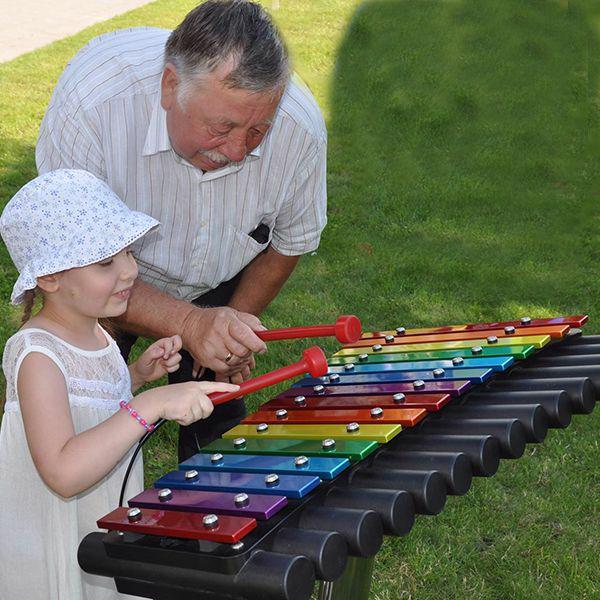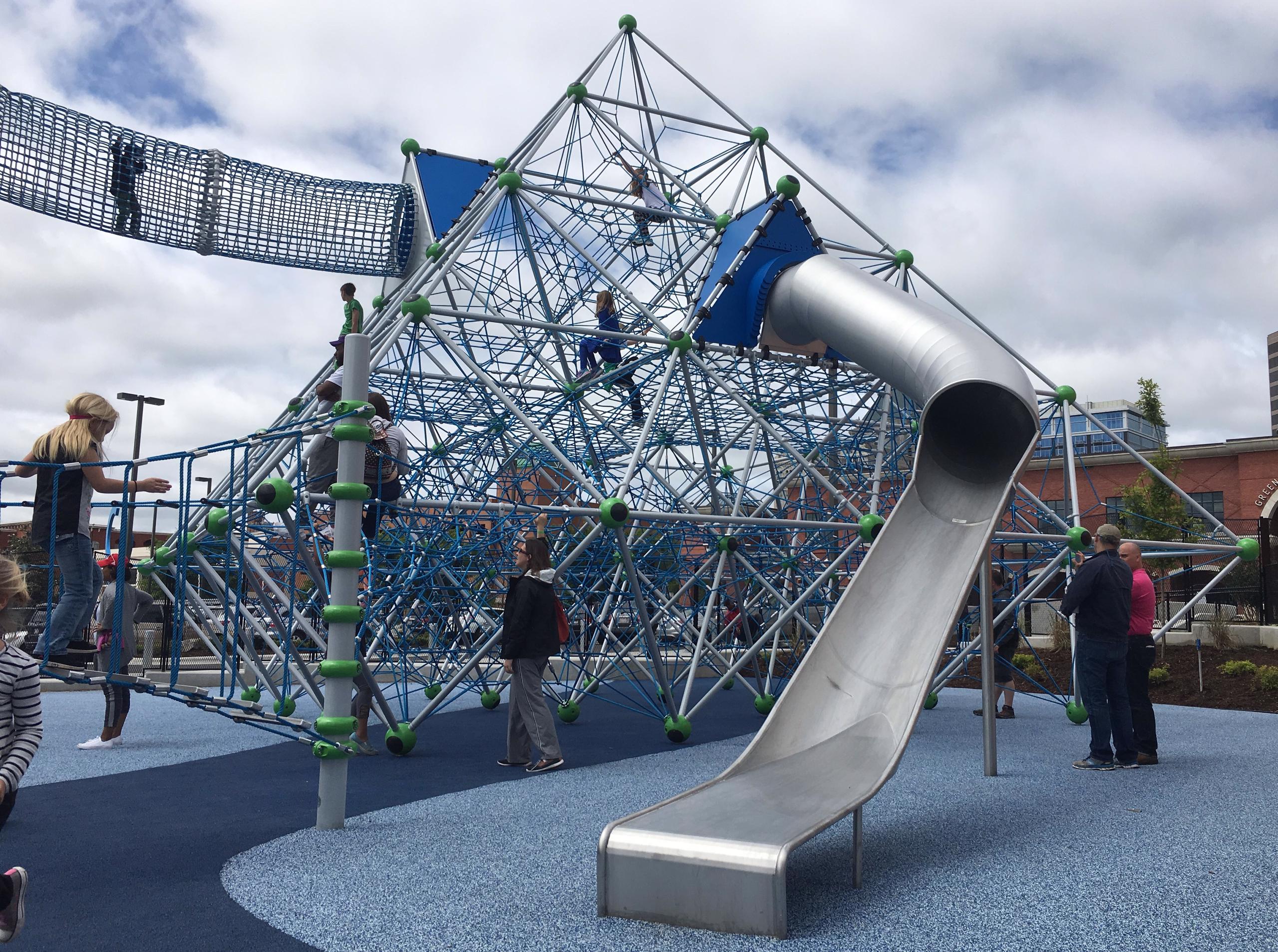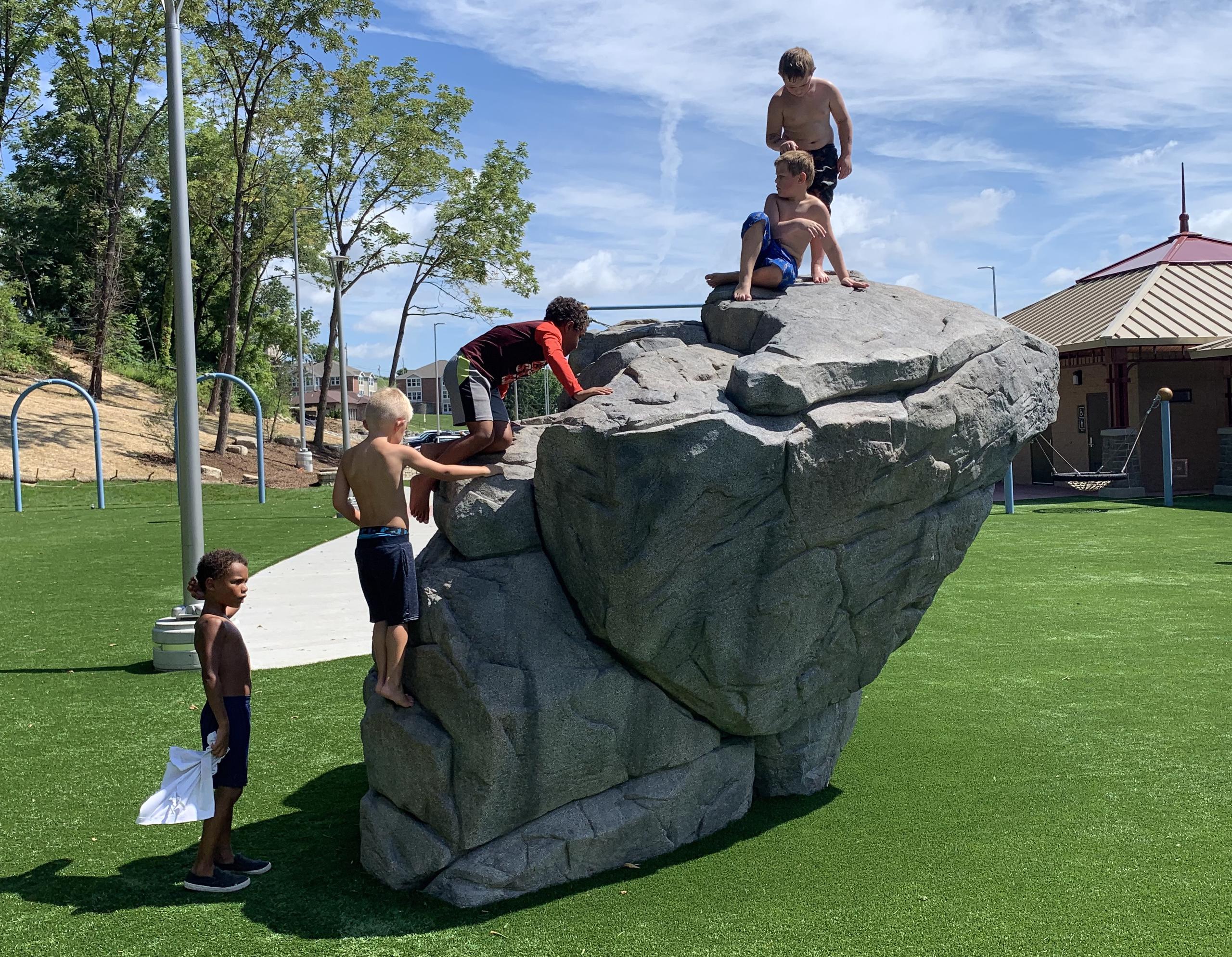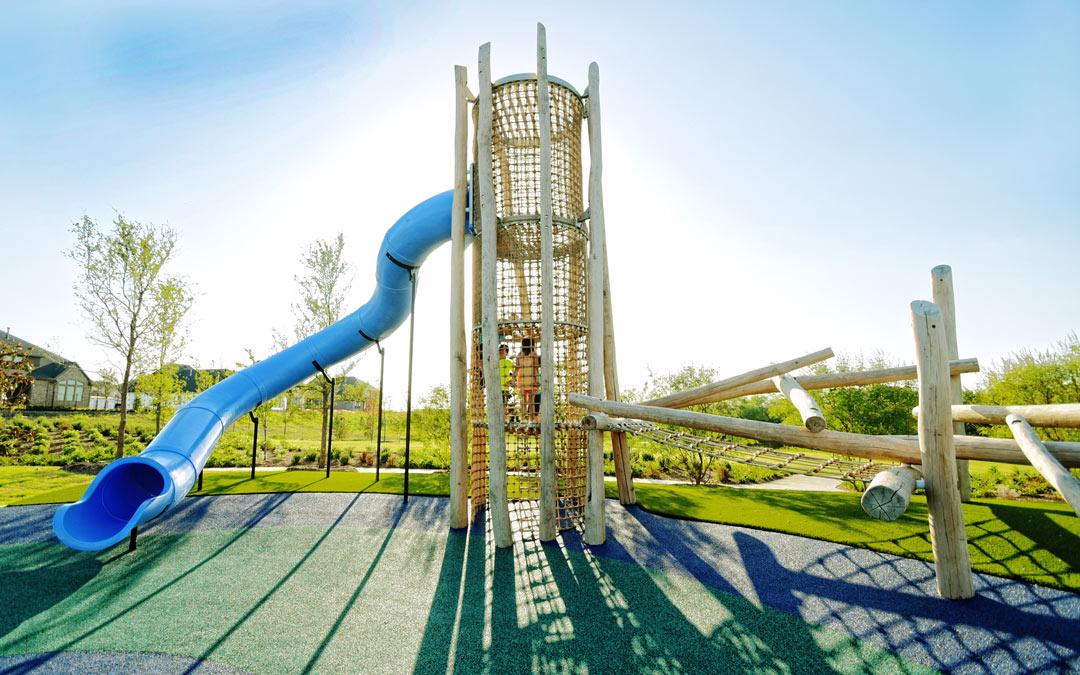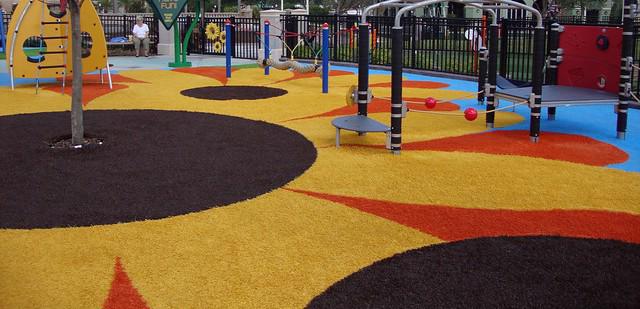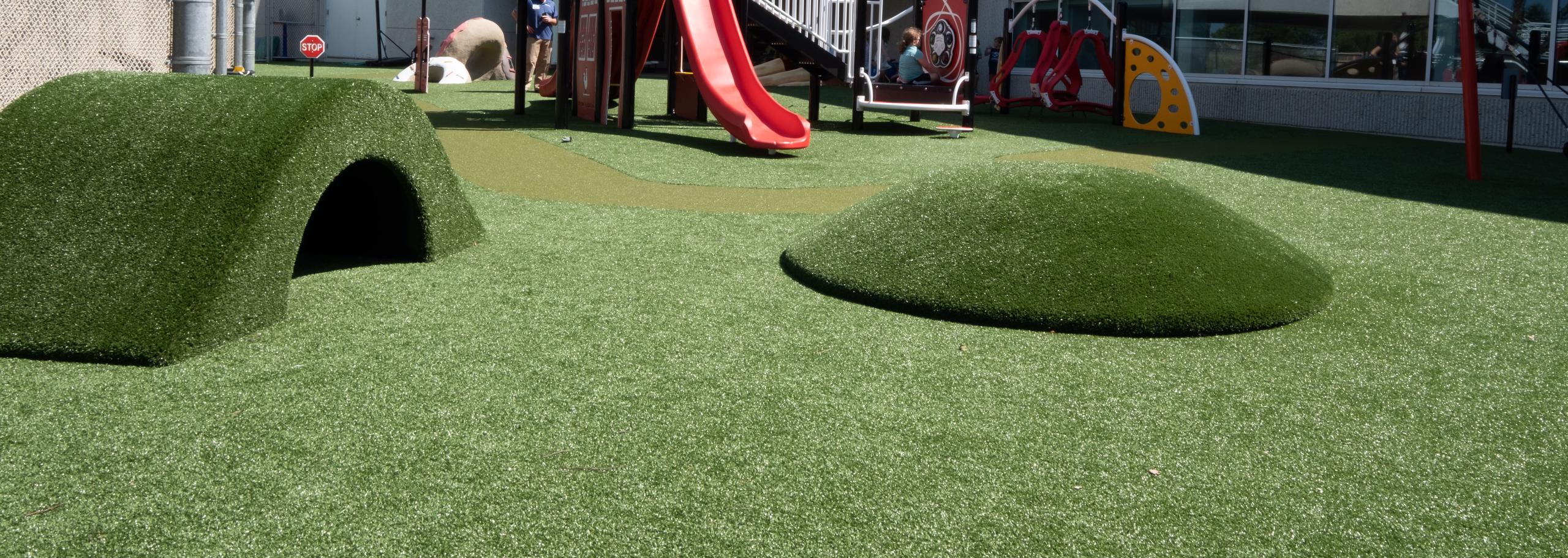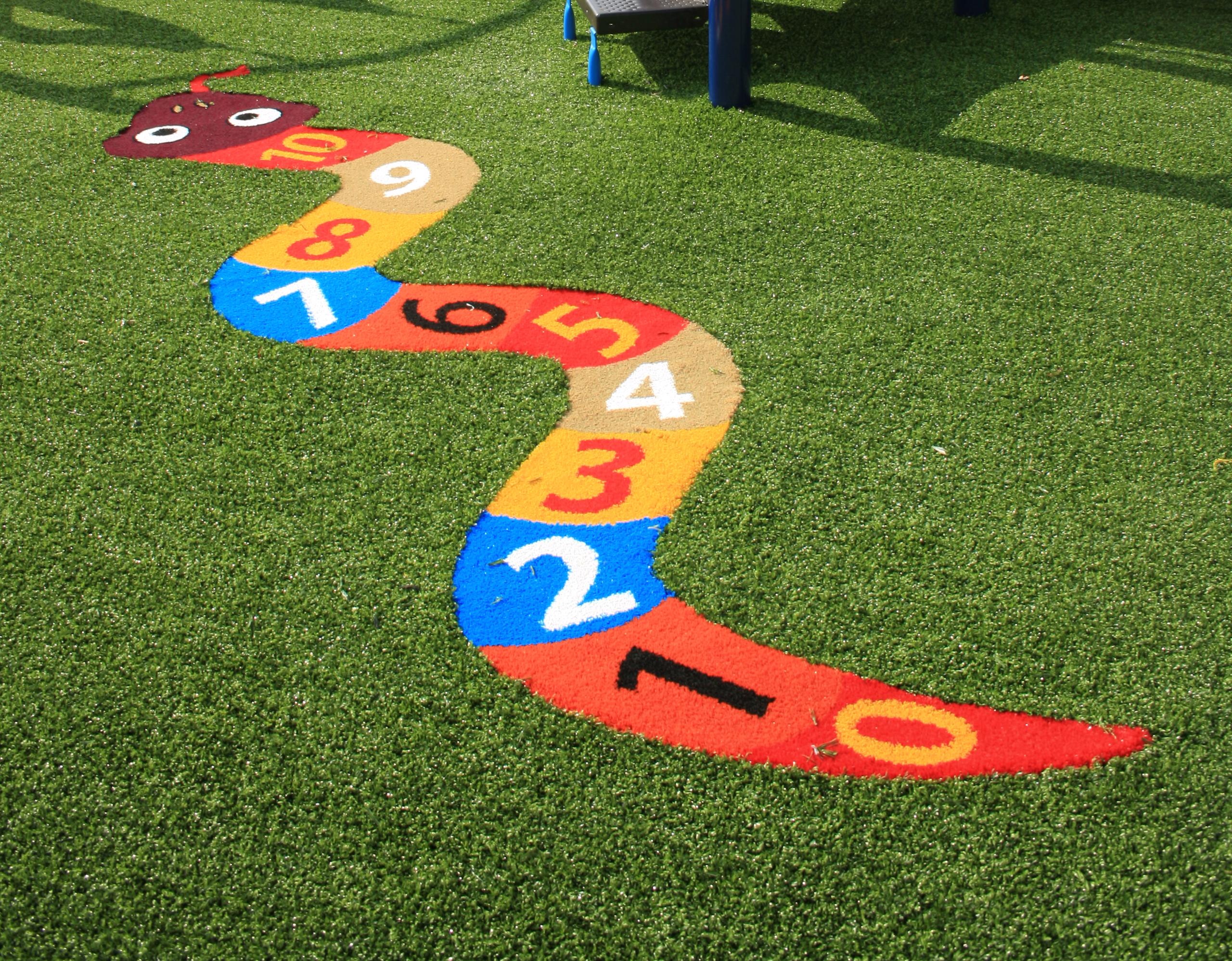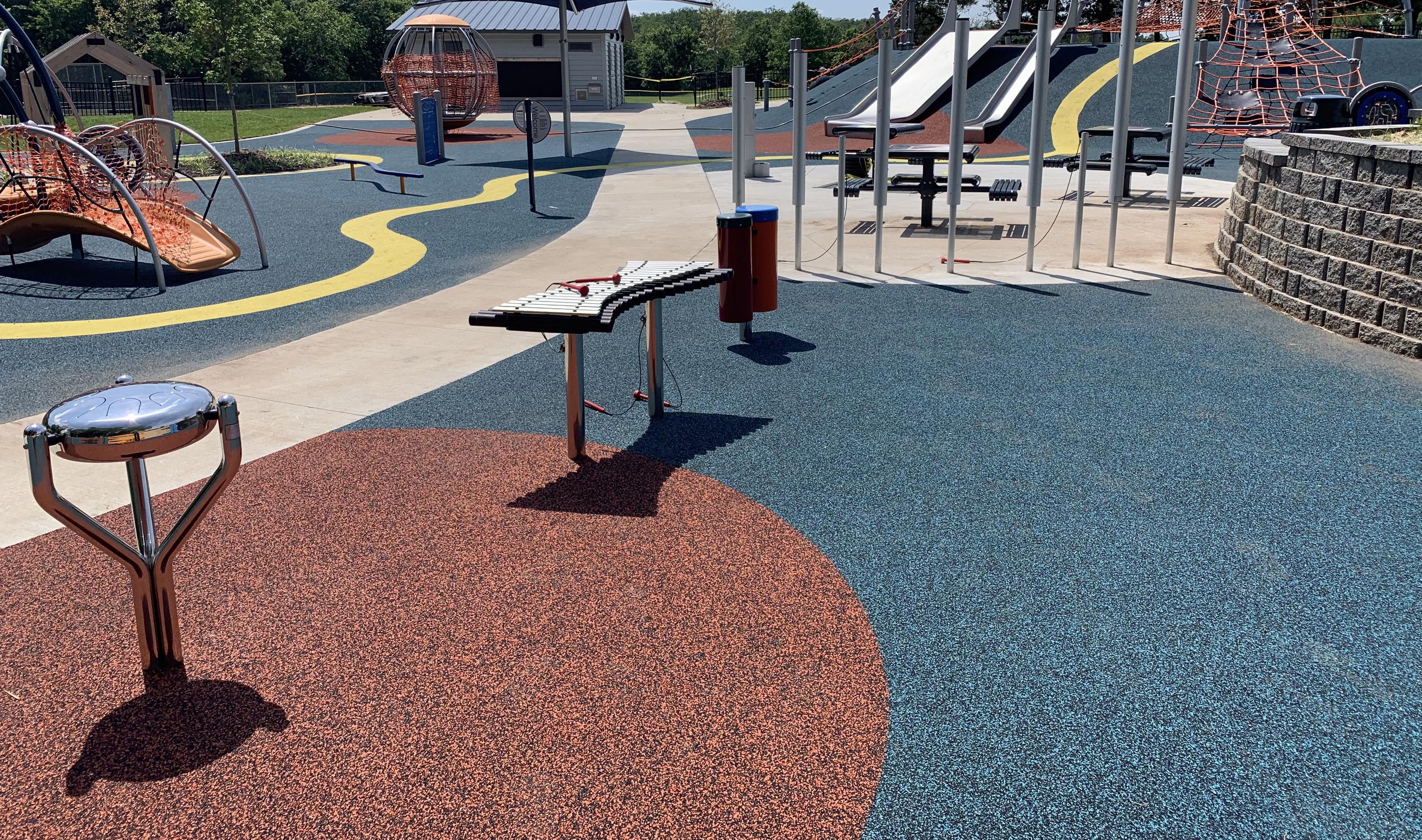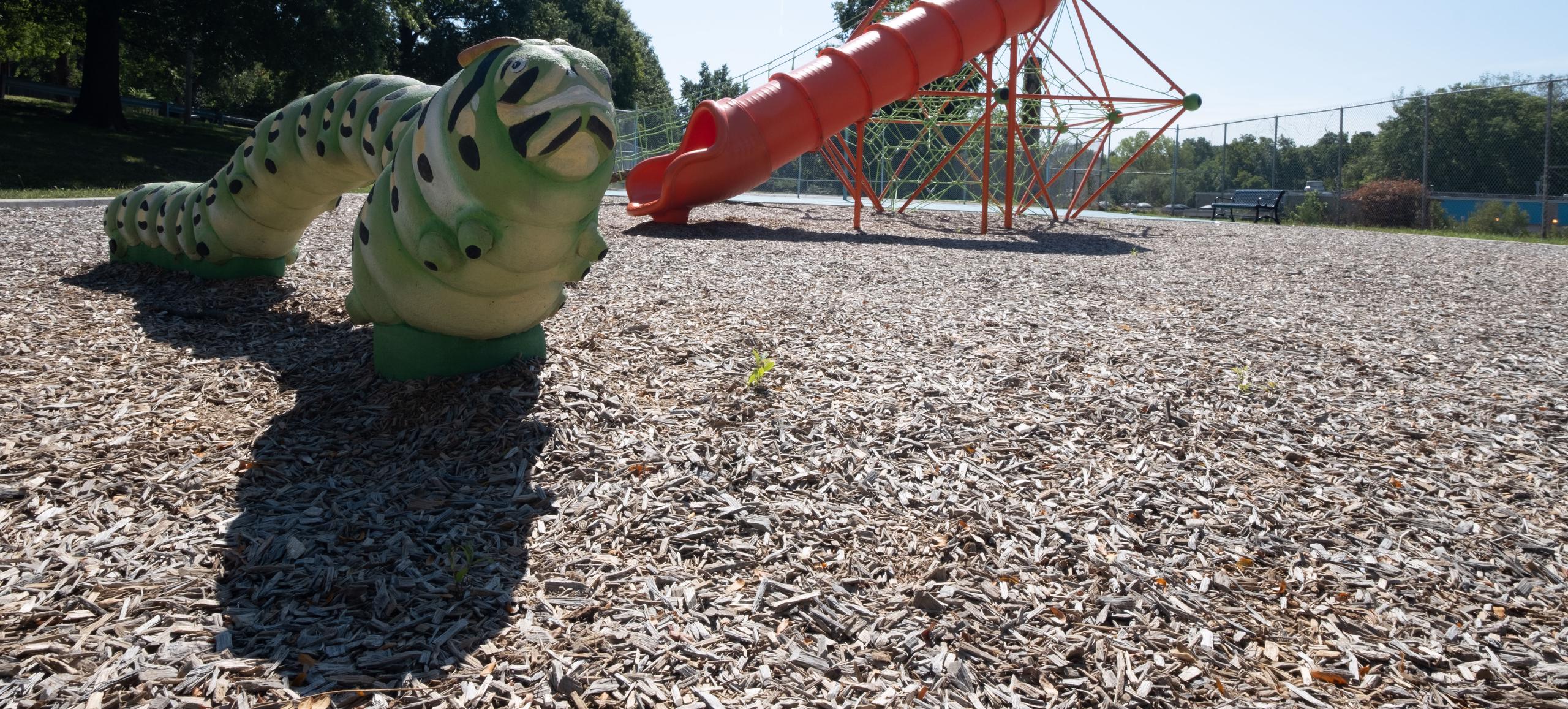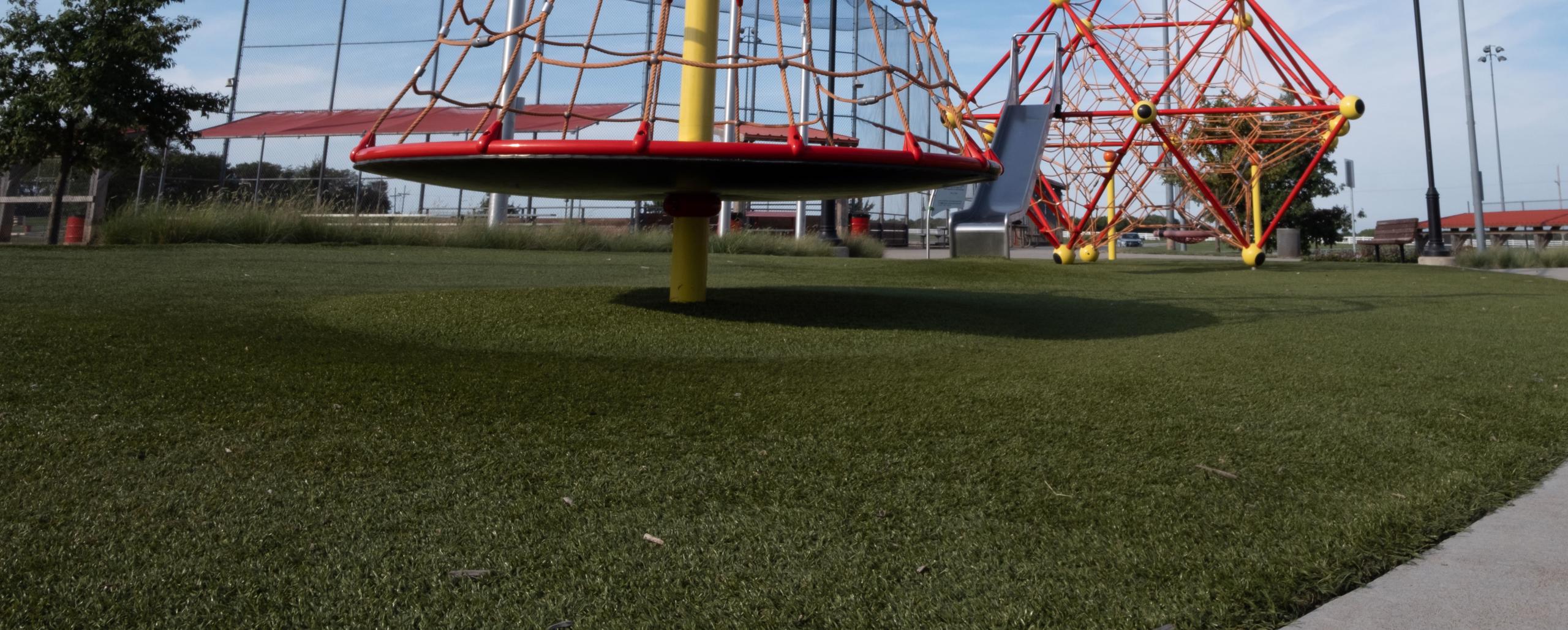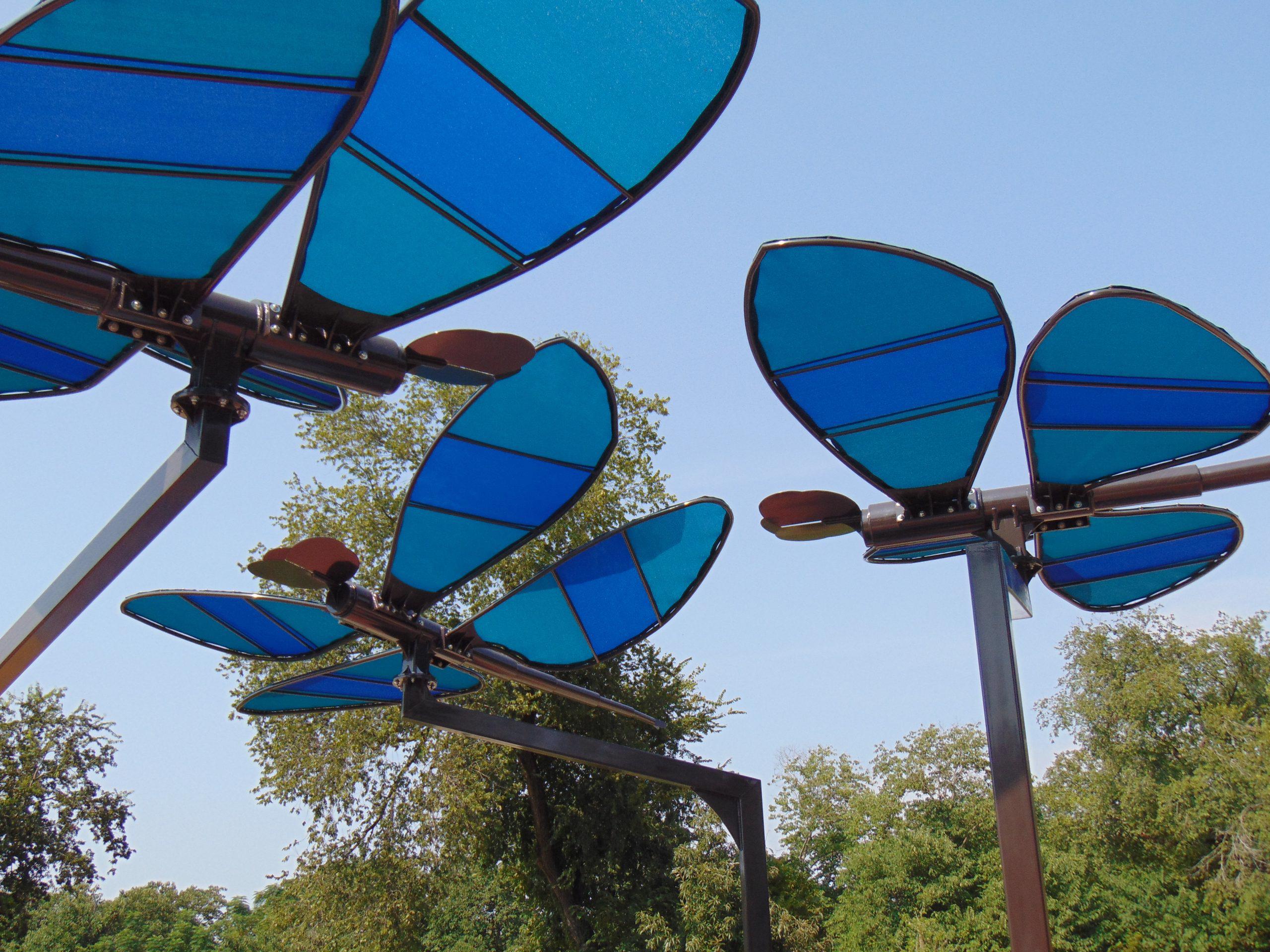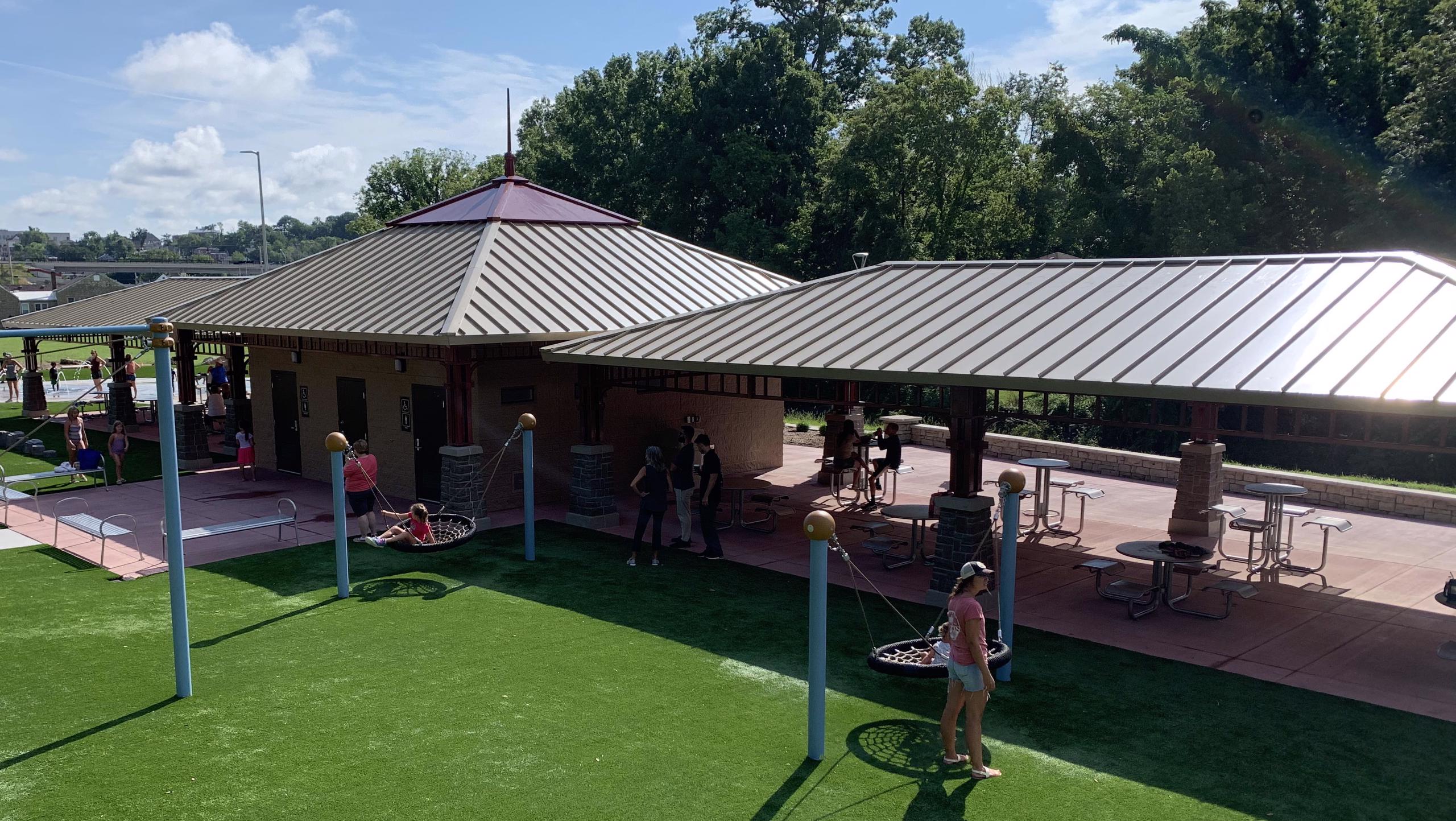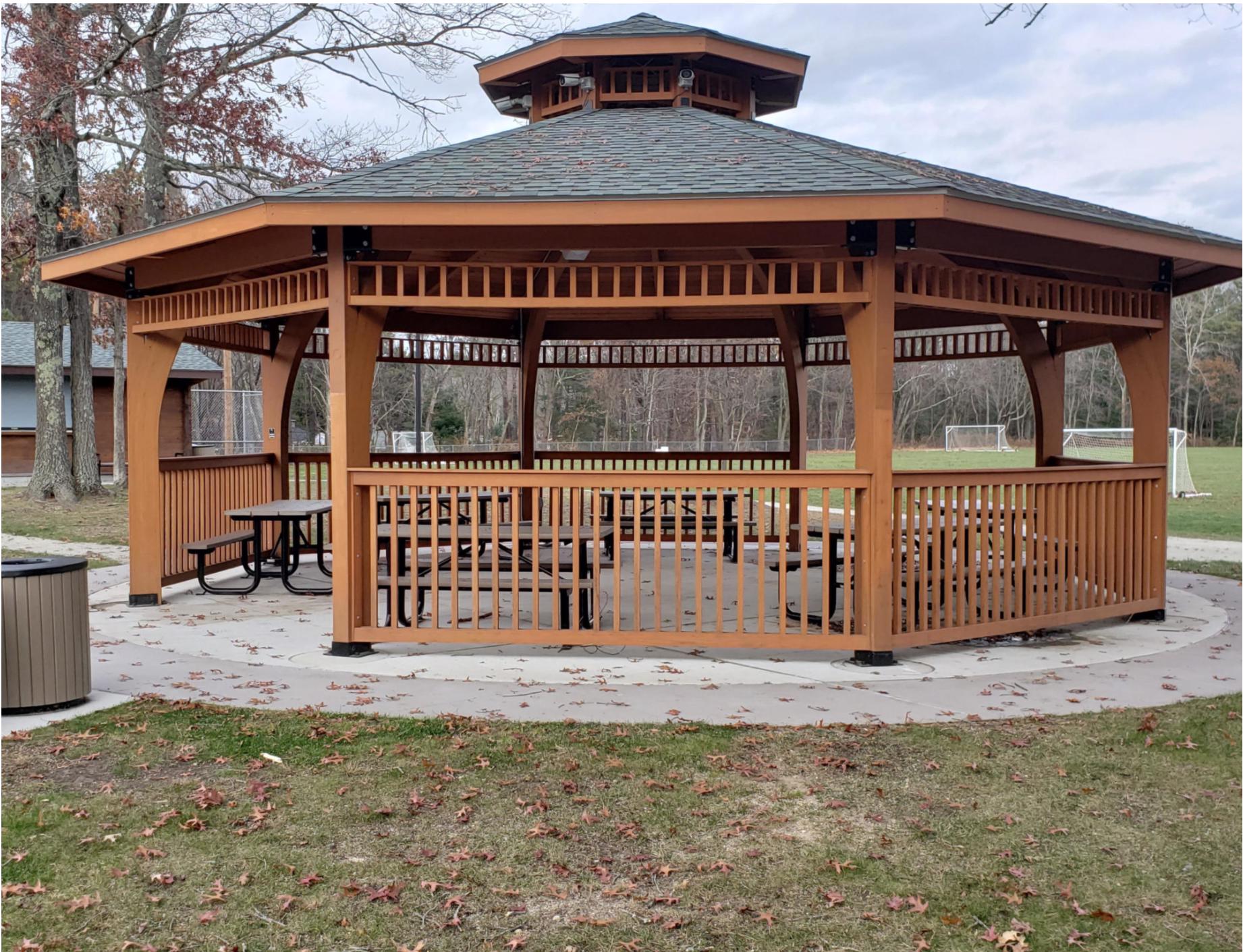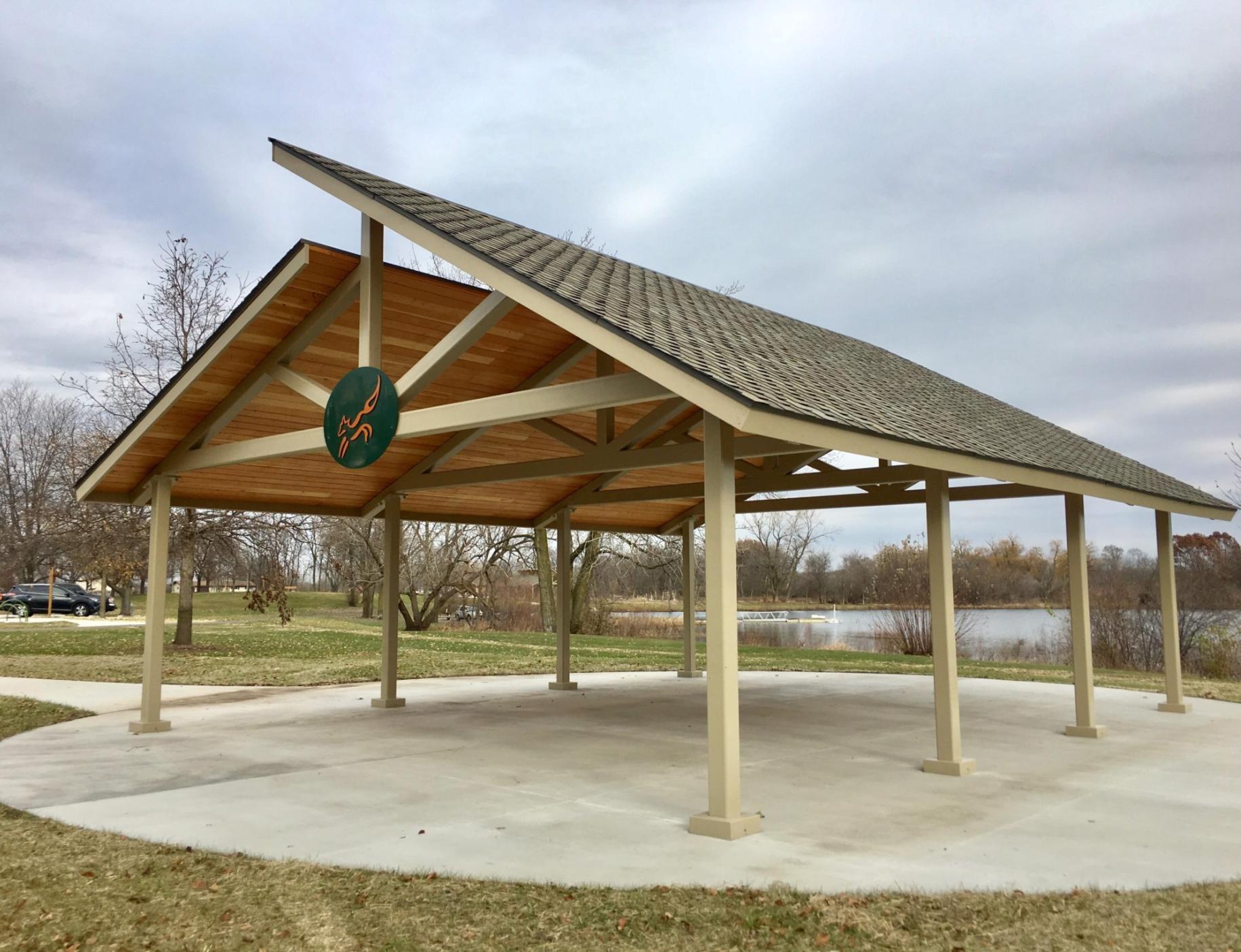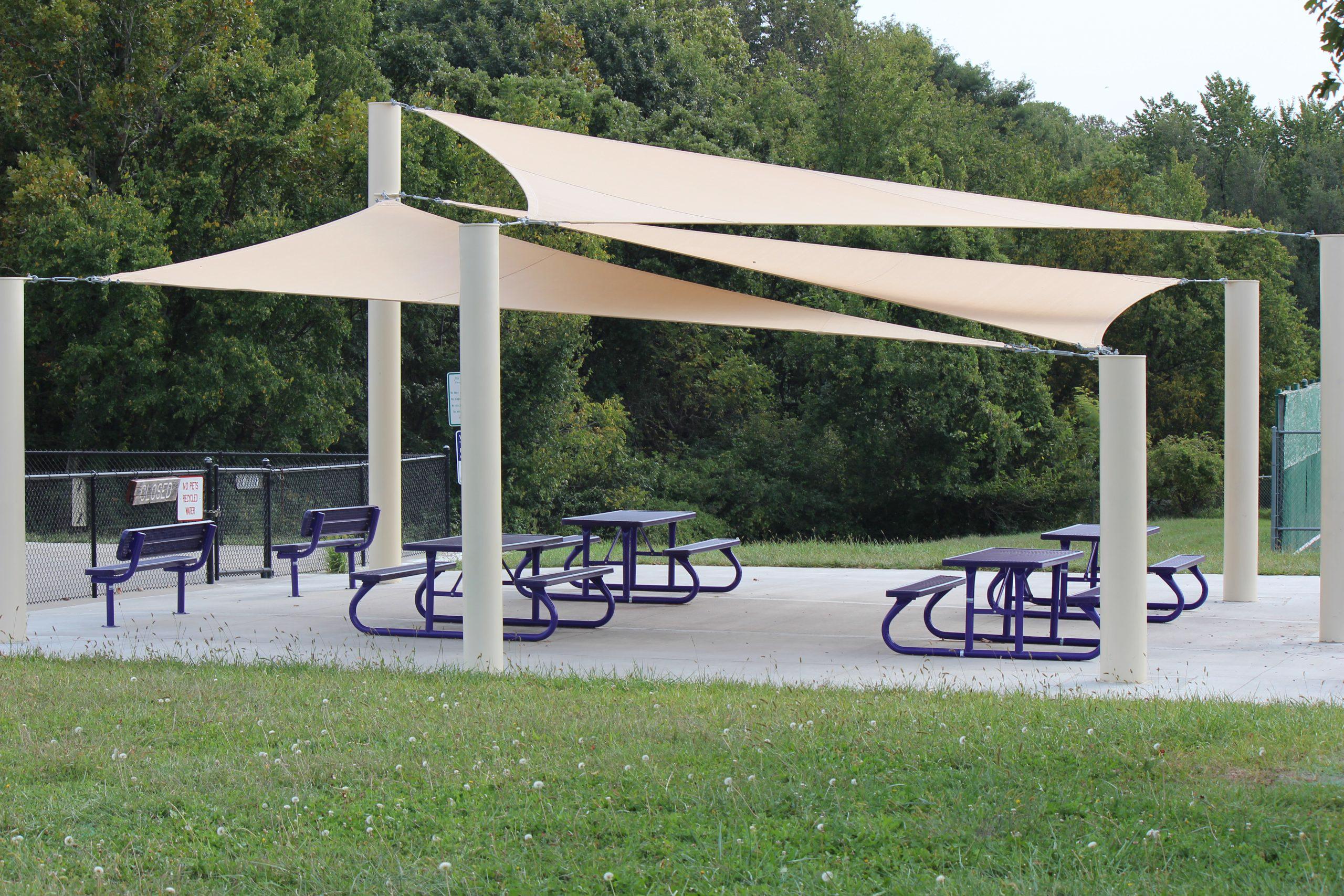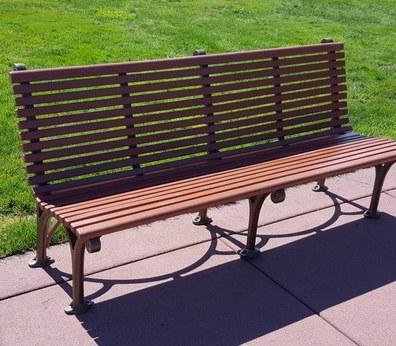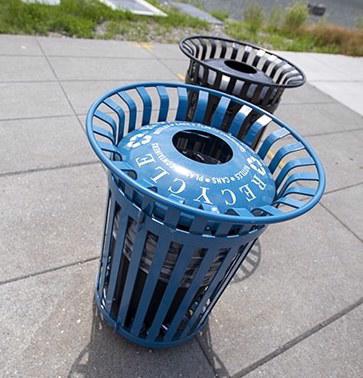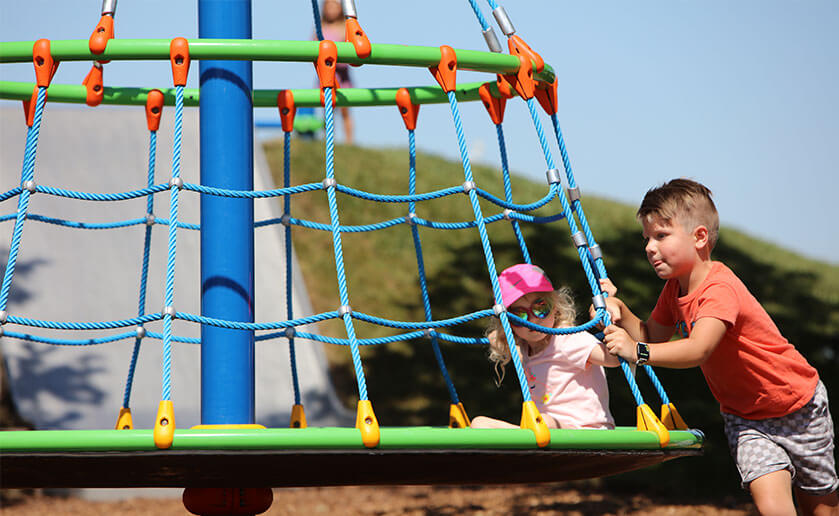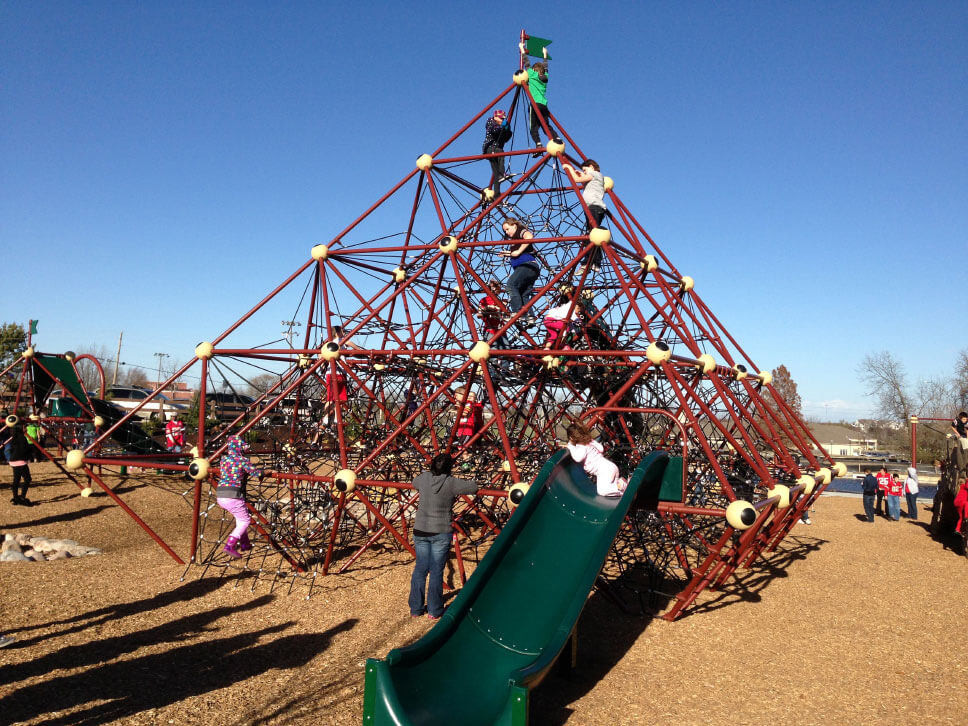
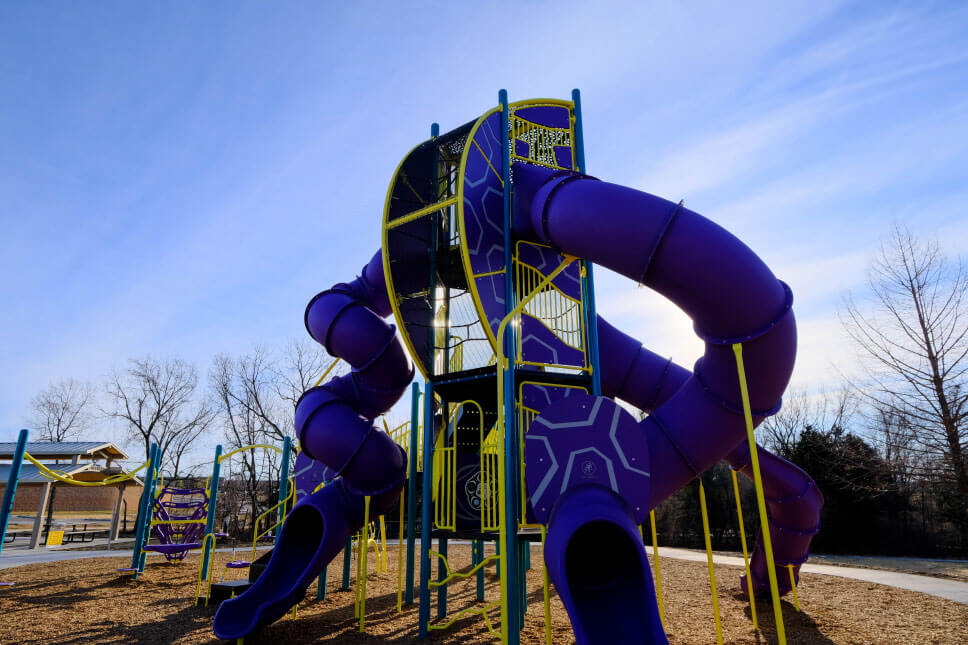
The components you supplied provide a unique, one-of-a kind adventure playground unlike any other in our park system.
Steve Casey Lee's Summit, Parks and RecreationSelect Your Components
We’ll help you from the beginning to the end of the process.


The components you supplied provide a unique, one-of-a kind adventure playground unlike any other in our park system.
Steve Casey Lee's Summit, Parks and RecreationSafety Surfaces
We only supply and install ADA Compliant safety surfacing products. Contact us and we can send you a straight forward comparison sheet of surfacing options that includes the pros, cons and budget pricing for each type of surfacing.
Shelters and Shade
We provide shelters and shades in many varieties. Wooden, steel, and fabric options are available in any shape you can imagine.
Site Amenities
The options for site amenities are endless.



